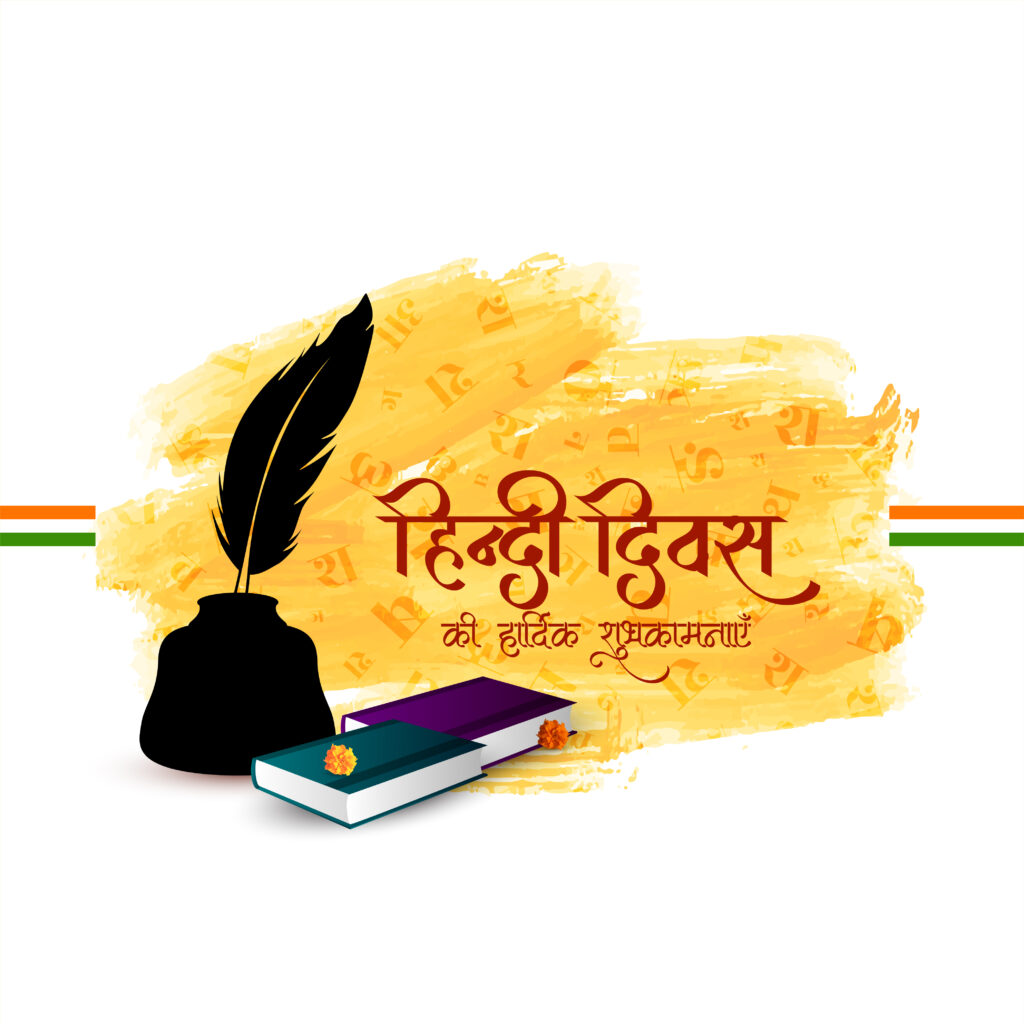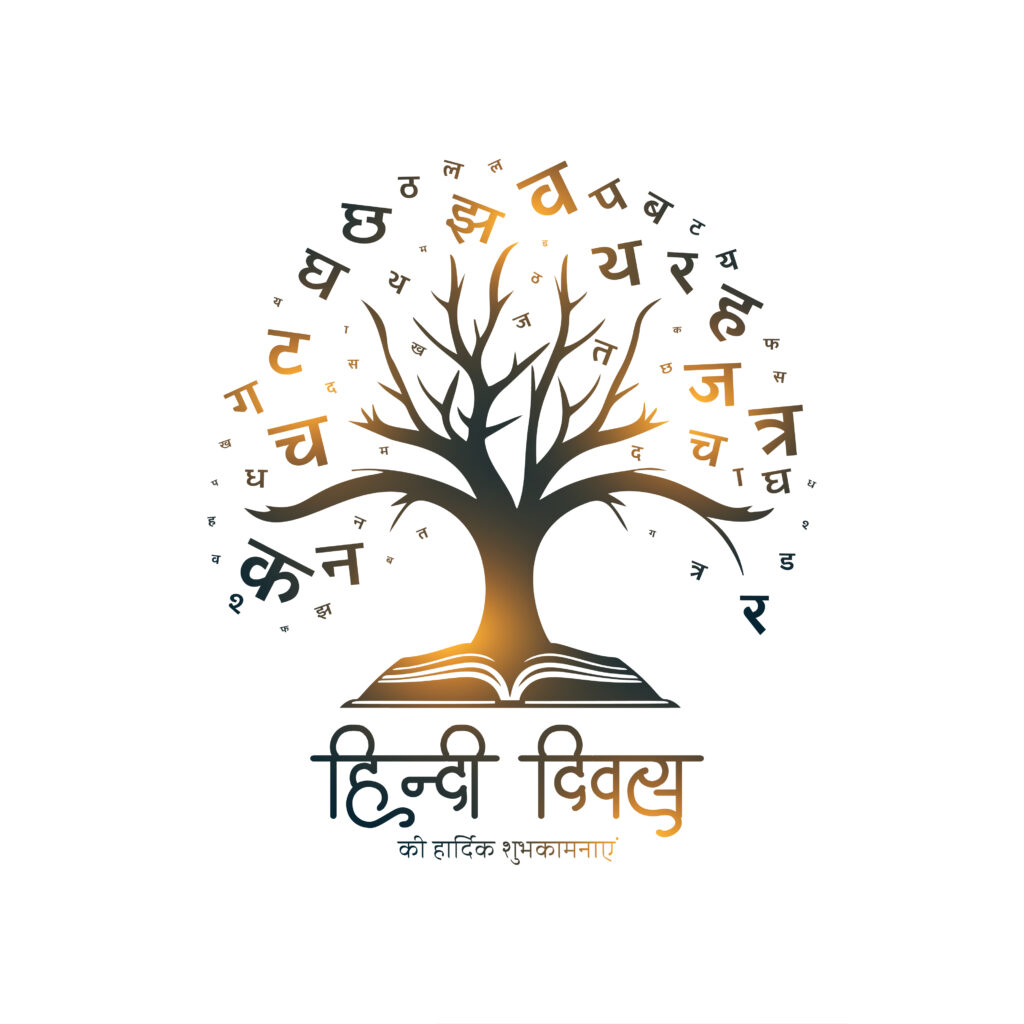Every year on 14 September, India celebrates Hindi Diwas to honor the adoption of Hindi as one of the country’s official languages. This day holds deep cultural and historical significance, as it highlights the role of Hindi in uniting the nation linguistically and symbolizing India’s diverse heritage.
Hindi Diwas is more than just a celebration of language – it is a reminder of the importance of linguistic identity, inclusivity, and the need to promote Hindi in a rapidly globalizing world. Here’s everything you need to know about why Hindi Diwas is celebrated and how it is observed across India.
Historical Background of Hindi Diwas
Hindi Diwas is celebrated on 14 September because it was on this day in 1949 that the Constituent Assembly of India adopted Hindi, written in Devanagari script, as one of the official languages of the Republic of India.
This decision was later formalized under Article 343 of the Indian Constitution, which came into effect on 26 January 1950. The article declared Hindi, along with English, as the official languages for government communication.
The move was aimed at providing the country with a unifying language that could bridge regional differences and reflect India’s cultural identity.
Why Hindi Diwas is Celebrated
1. Promoting National Unity
Hindi is one of the most widely spoken languages in India. Celebrating Hindi Diwas helps promote linguistic unity and a sense of belonging among citizens across different states.
2. Preserving Cultural Heritage
Language is an important carrier of culture. Hindi Diwas encourages Indians to take pride in their literary traditions, from poetry and prose to theatre and film.
3. Encouraging the Use of Hindi
Hindi Diwas serves as a reminder to use Hindi in official communication, education, and creative expression, ensuring the language remains relevant and widespread.
4. Honoring Language Activists
This day also pays tribute to those who worked tirelessly to promote Hindi as a national language, including poets, writers, and freedom fighters who believed in the power of language to unite people.
How Hindi Diwas is Celebrated

Hindi Diwas is observed across government institutions, schools, colleges, universities, and cultural organizations with various events and programs that celebrate the richness of the language.
1. Government Celebrations
The President of India and the Prime Minister often deliver speeches emphasizing the importance of Hindi in administration and governance. Awards such as Rajbhasha Awards are given to departments and individuals for promoting the use of Hindi.
2. Educational Institutions
Schools and colleges organize essay competitions, debates, poetry recitals, and quiz contests focusing on Hindi literature and history. Students are encouraged to speak and write in Hindi throughout the day.
3. Literary and Cultural Events
Organizations host kavi sammelans (poetry gatherings), book exhibitions, and seminars to promote Hindi literature and recognize writers and scholars who have contributed to the growth of the language.
4. Digital Celebrations
In the digital era, Hindi Diwas is also celebrated on social media, where hashtags such as #HindiDiwas trend, and users share quotes, facts, and messages in Hindi to mark the occasion.
Role of Hindi in India’s Identity
Hindi is more than just a language; it is an important component of India’s national identity. With over 500 million speakers worldwide, Hindi is one of the most spoken languages on the planet, ranking third globally after English and Mandarin.
It has influenced Bollywood, literature, journalism, and everyday communication, becoming a bridge that connects people from different states and communities.
Challenges in Promoting Hindi
While Hindi Diwas celebrates the language’s importance, there are challenges in its promotion:
- Linguistic Diversity: India is home to 22 officially recognized languages and thousands of dialects. Promoting Hindi without sidelining other regional languages is crucial.
- Globalization: English continues to dominate higher education, corporate sectors, and global communication, making it challenging to balance Hindi’s growth with practical needs.
- Generational Shifts: Younger generations often prefer English for professional and academic purposes, leading to reduced fluency in Hindi.
Efforts to Promote Hindi
To address these challenges, the Indian government and cultural organizations have been working on:
- Increasing Hindi content in education and media.
- Developing Hindi vocabulary for technology, science, and modern subjects.
- Encouraging use of Hindi in governance, especially in central government communications.
- Promoting Hindi internationally through cultural exchange programs and global Hindi conferences (Vishwa Hindi Sammelan).
Why Hindi Diwas Matters Today
In today’s interconnected world, Hindi Diwas serves as a reminder of the importance of preserving indigenous languages and passing them on to future generations. Celebrating Hindi helps maintain a connection to India’s roots, history, and cultural pride.
It also sends a message to the global community that India values linguistic diversity while working toward a balanced multilingual ecosystem.
Conclusion
Hindi Diwas, celebrated every year on 14 September, is more than just a day on the calendar. It is a celebration of India’s linguistic and cultural unity, a reminder of the country’s constitutional commitment to Hindi, and an opportunity to promote the language among younger generations.
By participating in Hindi Diwas celebrations—whether through cultural programs, creative writing, or simply speaking Hindi with pride—citizens play a part in preserving and strengthening one of India’s most cherished languages.
As the world becomes more globalized, Hindi Diwas will continue to be an important occasion for reaffirming the role of Hindi in India’s identity and inspiring future generations to embrace their linguistic heritage.

